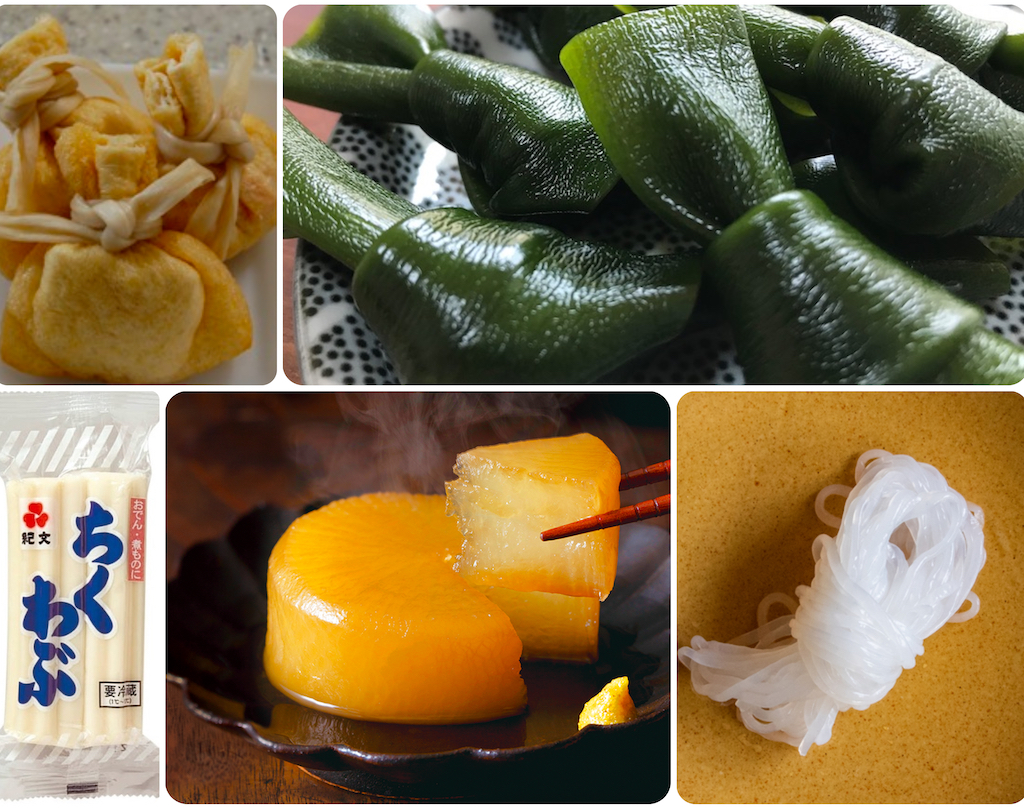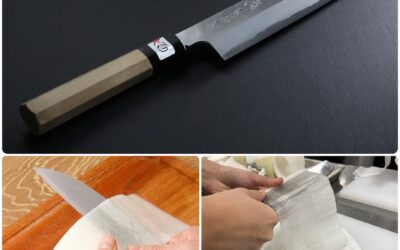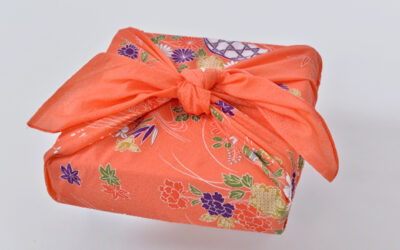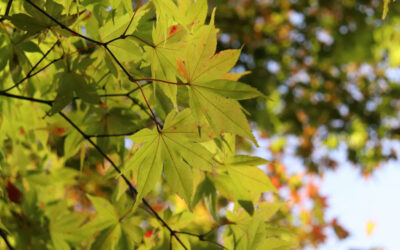
おでん Oden
Various ingredients find their way into the belly-warming stew known as oden. Most versions include myriad sausage-like items made from surimi (fish and seafood ground to a paste). There are, however, lots of options for those who prefer plant-based items only. Vegan and vegetarian Items fall into four categories:
#1 tōfu & soy-foods (tōfu rui豆腐類・daizu seihin大豆製品)
#2 root vegetables (konsai rui 根菜類)
#3 konnyaku (蒟蒻)
#4 other
For those not brought up with Japanese kitchen culture I’ve prepared an illustrated guide to some of the more puzzling items. hope you’ll try your hand at making ODEN in your kitchen.
DOWNLOAD An Illustrated Guide to (vegetarian & vegan) ODEN Items and a Basic Recipe for Vegan & Vegetarian ODEN
ODEN that features sausage-like items made from surimi (fish and seafood ground to a paste) is the focus of ODEN Part TWO.




